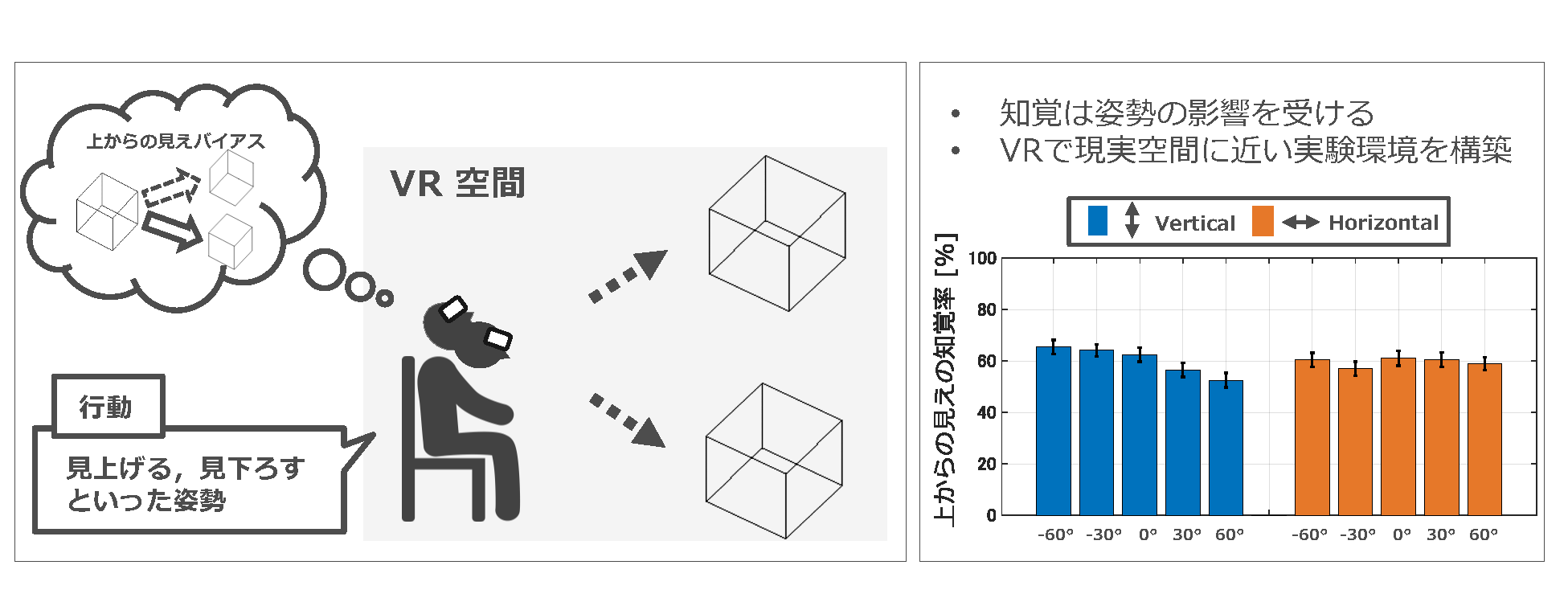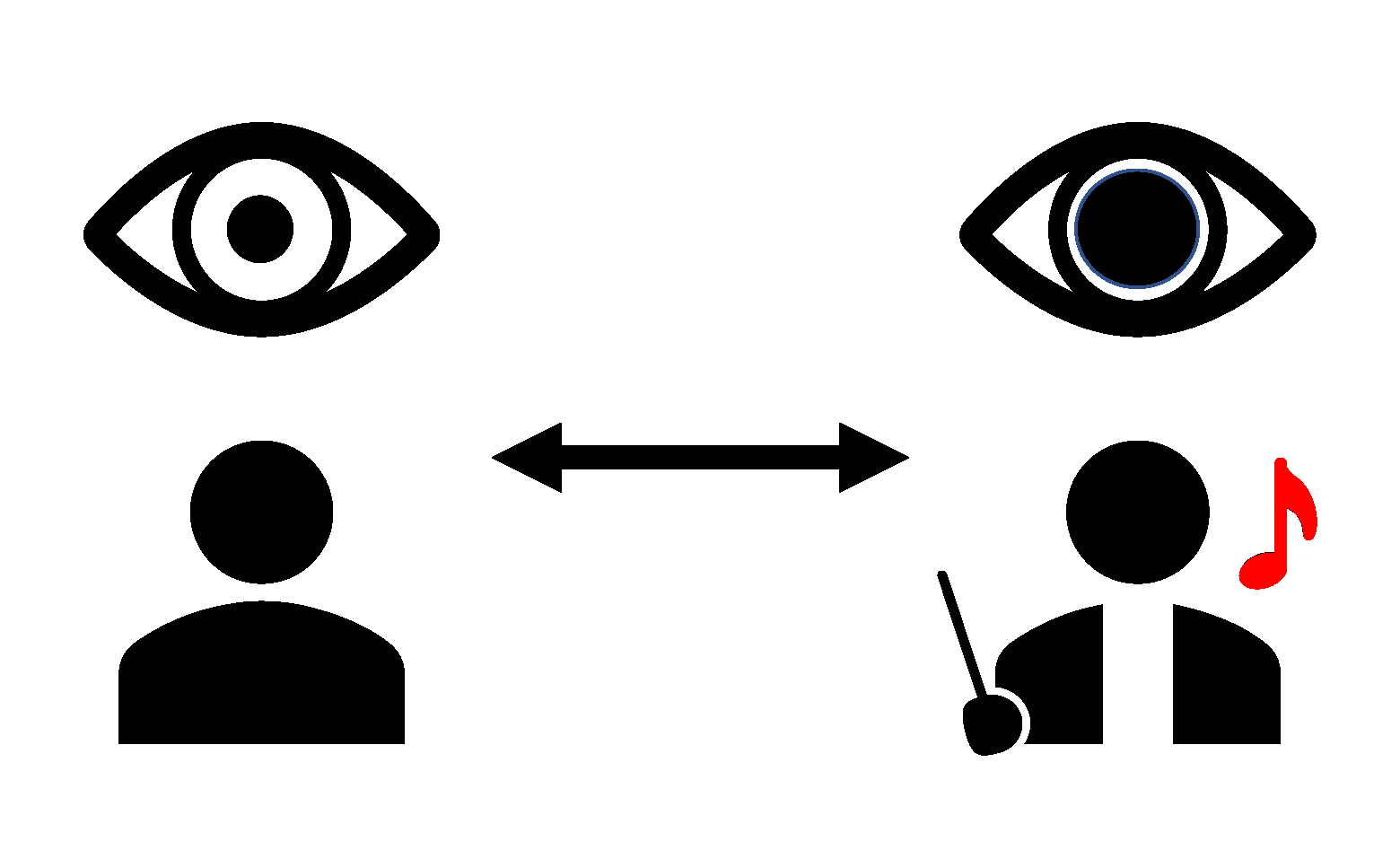Previous studies by VEG

Because the visual system is always exposed to enormous inputs, it is not possible to process them at once, and that is why the orders are selected and processed by visual attention. Visual attention is directed to a place like a spotlight and it is classified into spatial attention that improves the processing speed and processing efficiency of the visual stimulus at that place and characteristic notice directed to stimulus attributes such as color and shape It will be. Regarding spatial attention, the details of its spatio-temporal characteristics are now being revealed, but on the other hand, sufficient knowledge about characteristic attention has not been obtained yet. The aim of this research is to clarify the relationship between the characteristics of characteristic attention and spatial attention.

Brain functions are known to be different on the right and left side, but also in the processing related to object recognition, the lateral localization has become clear. For example, for the task of judging whether or not the two 3D objects in the figure are the same, the right visual field presentation (left brain dominant stimulation) is generally higher than the left visual field presentation (right brain dominant stimulation) It showed an interesting difference in ERP at that time. This theme aims to analyze the processing mechanism of each of the left and right hemispheres, using ERP as an index.
(If the figure rotates as shown below, you can see that it is the same object.)


We are conducting research on cognitive bias. The Necker Cube, known to be an ambiguous figure can be viewed rightward and leftward. Although, it has been found that many recognize the shape facing leftward. This is because, in our daily lives we spend more time observing what is below us more than what is above, leading to affect our cognition. This affection resulted the Necker Cube been recognized facing leftward and an illusion placed below. However, no research have been conducted between the relationship of the Necker Cube’s cognition and spatial location. In this laboratory, we are using VR to research the cognitive bias formed in life by using an experimental environment close to real life.

Our pupils vary in size depending on the amount of light. However, the pupil size can be affected not only by light but by various factors, such as emotions and excitement. One of the factors that affects the pupil size is auditory salience. The auditory salience indicates how much attention a person is paying toward to the sound source. Even with the exact same sound source, the saliency will differ depending on the listener. In this theme, we use this principle to estimate the musical ability of a person, and investigate the cognitive mechanisms from the pupil response while listening to music.
